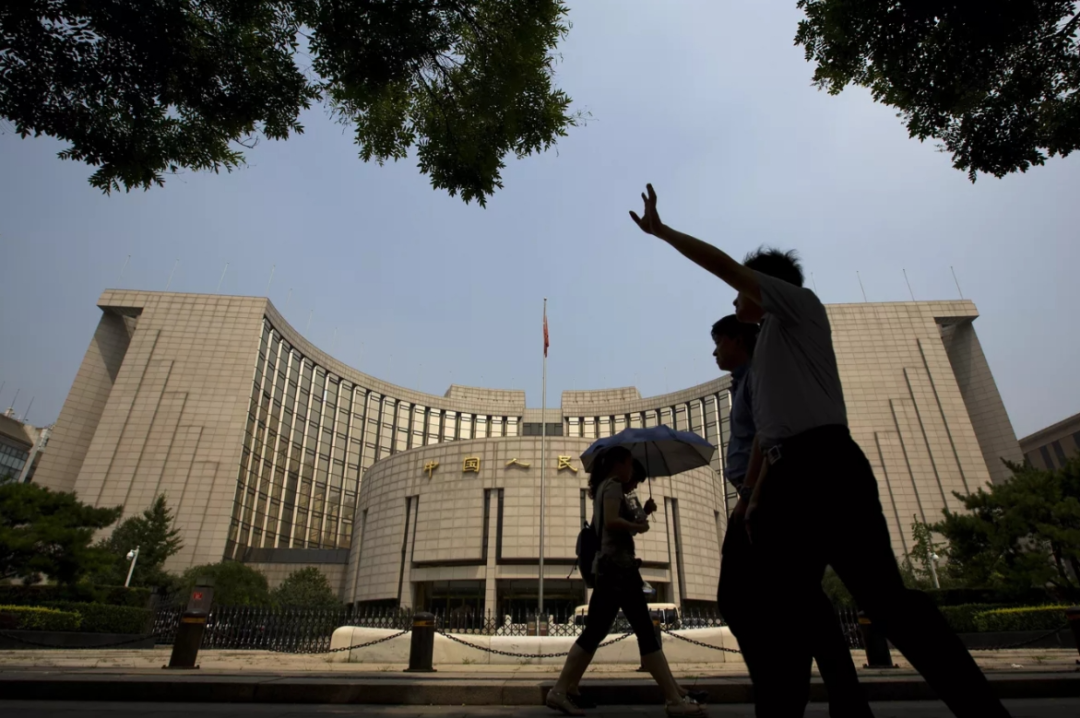Introduction
In recent months, discussions about consumer loans have dominated social media in China. However, to fully grasp the situation, we need to examine the broader macroeconomic policies, particularly the shift to a “moderately loose” monetary policy announced in late 2024. This policy aims to stimulate economic growth by increasing market liquidity, but its implementation has been more nuanced than expected. Here’s a breakdown of what’s happening and why.
1. What Does “Moderately Loose” Monetary Policy Mean?
Since December 2024, Chinese policymakers have repeatedly emphasized the need to “cut reserve requirements and interest rates at an opportune time” (降准降息). Traditionally, such measures involve the central bank (People’s Bank of China, or PBOC) injecting funds into commercial banks, enabling them to lend more to businesses and individuals.
However, despite 11 official mentions of these plans over four months, no major rate cuts or reserve requirement reductions (RRR cuts) have materialized. This delay stems from external and internal economic pressures, which we’ll explore next.

2. Why Has the PBOC Delayed Rate Cuts?
a. The Fed Factor and Currency Stability
A key reason for the delay is the U.S. Federal Reserve’s high interest rates. With U.S. Treasury yields attracting global capital, China faces a dilemma: cutting domestic rates could widen the U.S.-China interest rate gap, prompting capital outflows and weakening the Renminbi (RMB). In early 2025, the RMB/USD exchange rate hit a low of 7.36, intensifying pressure on policymakers.
b. Bond Market Risks
Excess liquidity in China’s financial system has led to a surge in demand for government bonds, driving yields to historic lows (e.g., 10-year bonds at 1.6% in December 2024). To prevent bubbles, the PBOC paused bond purchases and used reverse repos to withdraw funds—tightening liquidity despite the “loose” policy stance.
3. Alternative Tools: Fiscal Support for Banks
Instead of traditional rate cuts, China has adopted a fiscal-backed approach:
- Special Treasury Bonds: Since October 2024, the government injected $150 billion (1.5 trillion RMB) into major banks (e.g., ICBC, China Construction Bank) to bolster their capital.
- Purpose: These funds act as a safety net, allowing banks to expand lending (e.g., consumer loans, SME financing) without fearing defaults. For example, unsecured consumer loans now carry rates as low as 2.5–2.8%, below mortgage rates (3.5–3.8%).
Impact: Banks pledged $8 trillion (60 trillion RMB) in new loans over three years—tripling previous targets—to boost consumption and business investment.
4. How This Affects the Economy
a. Breaking the “Low-Inflation Cycle”
China’s economy has struggled with weak price growth (CPI at 0.2% in 2024). The loan surge aims to:
- Stimulate Demand: More credit for households (via consumer loans) and businesses (via operational loans) could raise spending.
- Avoid “Helicopter Money”: Direct cash handouts (e.g., $1,000 per person) were deemed ineffective, as savings rates would likely rise.
b. Targeted Lending
Loans are prioritized for:
- High-Desire Spenders: Those seeking mortgages, cars, or luxury goods.
- Cash-Strapped Borrowers: Debt restructuring prevents defaults, stabilizing society.
5. Challenges and Outlook
a. Risks
Relaxed standards may increase defaults, but the $150 billion buffer mitigates this.
U.S. tariff hikes (e.g., 10% on Chinese goods) could dent exports, requiring further policy adjustments.
b. Future Steps
Analysts expect RRR/rate cuts in Q2 2025 if the Fed eases policies. Meanwhile, China will rely on:
- Fiscal-Monetary Coordination: More bank injections and structural tools (e.g., green finance, tech loans).
- Digital Yuan: Pilot programs for smarter fund allocation.
Conclusion
China’s 2025 monetary policy is a high-stakes balancing act: supporting growth without destabilizing the RMB or financial system. While traditional rate cuts are on hold, fiscal-backed lending and reforms are driving liquidity. For consumers and businesses, this means easier credit—but with careful risk management.
